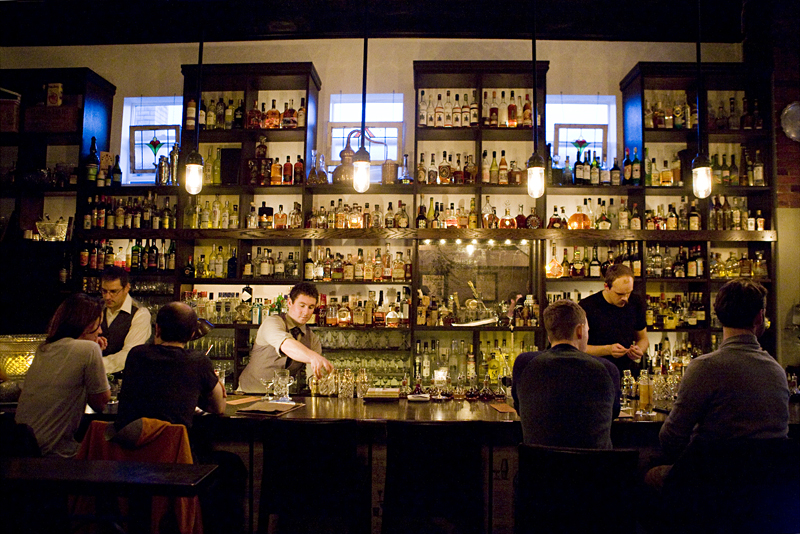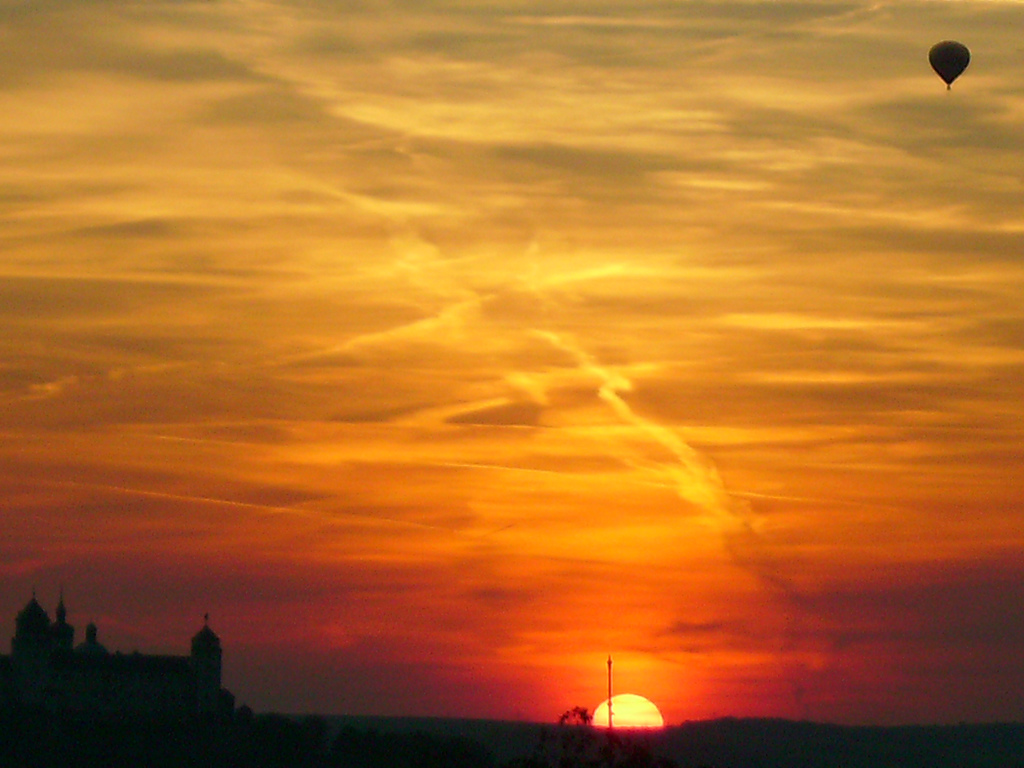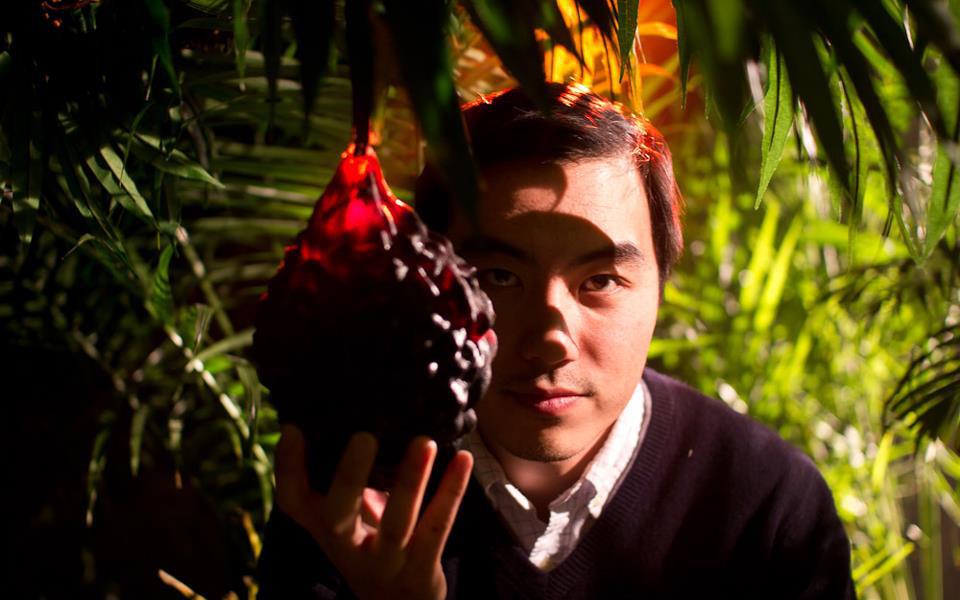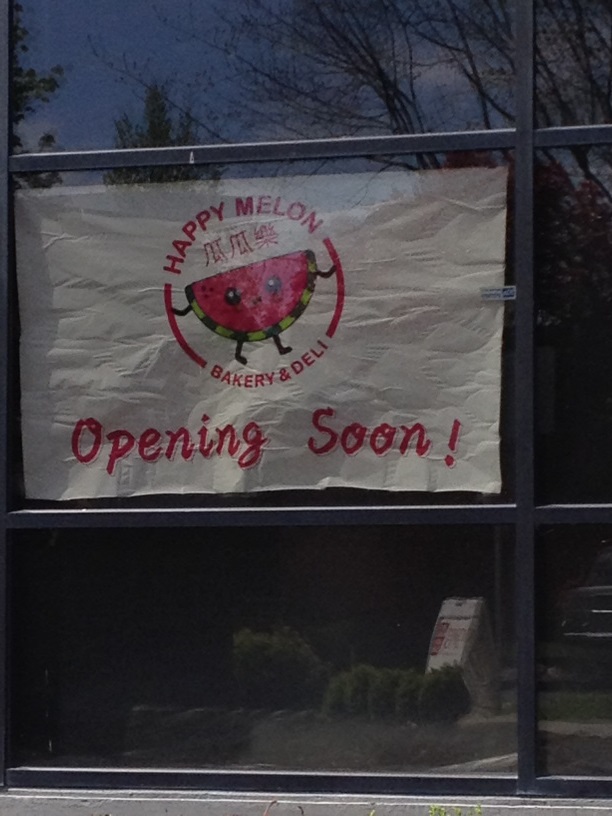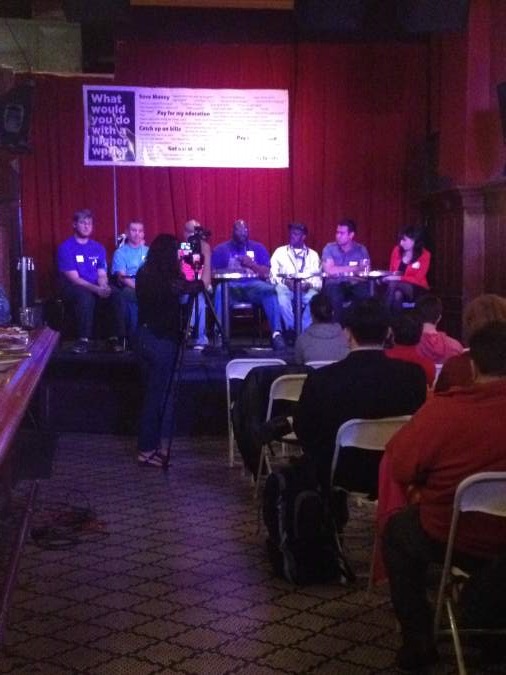The official title of barman Jamie Boudreau’s new First Hill cocktail den is Canon: Whiskey and Bitters Emporium. Boudreau is typically a stickler for precision, but he’s chosen the wrong 19th-century institution.
While “emporium” hints at the scope of Boudreau’s massive liquor inventory, the bar lacks the hell-bent jostle and headlong pace of a gleefully capitalist mercantile. Even on nights when every one of its 48 seats is taken, Canon radiates a respectful hush. It is less a place to buy and sell—although with shots of decades-old whiskey priced in the three figures, a spendthrift will find plenty to do here—than a place to seriously contemplate spirits.
At Canon, Boudreau has created an indispensible municipal resource, much like a ball field or a morgue, and established himself as the Andrew Carnegie of cocktails. Canon may call itself an emporium, but it’s really a research library for tipplers. The very look of the room is bookish: An imposing wooden wall shelf, dark as a law professor’s writing desk, stretches from the floor to the pressed-tin ceiling. Its cubbies are crowded with ramrod rows of dapper bottles, cut-glass punch bowls, and silver cocktail shakers. There are only seven libations on Canon’s menu, but drinkers seated at the L-shaped mahogany bar—painstakingly hand-stained with three cases’ worth of Angostura bitters—are nudged to consult the vintage bartending books left out for browsing if they’re wondering about other ways to combine liquor and citrus.
Incredibly, customers haven’t made a parlor game of Canon’s reference section: A bartender told me he hadn’t once been challenged to reproduce a punch recipe printed on page 217. Such antics would presumably be an affront to the primness of the bartenders, for whom Harry Johnson’s Bartender’s Manual might serve as an employee handbook. As Johnson advised in 1882, the bartenders are “strictly polite,” “attentive in behavior and manner of speech,” and “neat, clean, and tidy in dress.” And, like old-style librarians, they rarely proffer guidance unless asked.
Boudreau has assembled an elite force of barkeeps: The current rotation includes Nathan Weber and Brian Lee, late of Tavern Law; Jared Scarr, who formerly served as bar manager at Crush; and ex–Zig Zag booze savant Murray Stenson, perhaps the best-known name in West Coast bartending. None of this information is advertised in the barroom, nor is Boudreau’s declared ambition to make Canon one of the nation’s finest cocktail bars. And so an astounding number of customers—unaware of the knowledge available to them—drink beer and wine.
For drinkers primed to embark on a spirits education, though, Canon is a fount of scholastic experiences. I’ve long wished bars would serve more teeny-tiny cocktails so curious drinkers could sample various recipes without having to worry about the morning after, but bartenders usually claim mixing-in-miniature would just transfer headaches from drinkers to drink-makers. Yet Canon bravely prints the hassle on its menu, offering a lineup of three downsized rye Manhattans made with three different vermouths.
The Vermouth Experiment is a fairly good approximation of what Goldilocks might have encountered if the Three Bears had kept an impressive liquor cabinet. A Manhattan made with Dolin, a flighty, herbaceous French vermouth, is too thin. The same cocktail made with Punt e Mes, a muscular Italian vermouth, is too heavy. One made with Chinato, a spicy, fortified Italian wine, struck me as just right as I quickly exposed the macerated cherry at the bottom of my cordial glass. Customers to my left and right disagreed, citing the more extreme vermouths as their favorites. I envied them, since Chinato, like many of the bottles in Boudreau’s collection, is far harder to find beyond Canon’s confines.
Rye is also the central spirit in the signature “Canon cocktail,” a recipe wisely devised to be suitable for all seasons. The cocktail is a Seelbach of sorts, made with foam instead of bubbles. Here, a leathery blend of rye and Ramazzotti are buried beneath a cloud of sudsy sweetness, spritzed with Angostura. It’s a fine drink, but drinkers drawn by the promise of whiskey and bitters might opt for something brisker on the second round.
My favorite drink on the cocktail menu is the “Self Starter,” a demure and dignified beverage that Boudreau developed while working at Vessel, the downtown cocktail haven that’s set to reopen later this year. Adapted from a recipe in the Savoy Cocktail Book, the winning cocktail is concocted from gin, Lillet, apricot brandy, and absinthe. Unlike other clear-liquor cocktails I tried at Canon, including a pre-Stenson Last Word which clotheslined with citrus, the Self Starter was perfectly balanced for sipping.
But faced with a liquor pantry to rival any assembled since wealthy wets stockpiled booze for Prohibition, veteran cocktailians are apt to go off-menu. Canon encourages deviations, inviting customers to leave their cocktail choice to a bartender’s whims. “Tell us your base spirit and we’ll create the mystery,” the menu beckons. A request for a rye mystery resulted in a cocktail crammed with Amaro, Punt e Mes, and two or three other supporting liqueurs. “Did it all fit?” I asked Boudreau, who was working an early Tuesday shift. “Barely,” he told me. The drink tasted peppery and, predictably, busy.
A rum-based mystery had a more macabre plot: While the responsible bartender couldn’t remember what he’d used to make it—”it’s a roulette,” our server shrugged—it tasted like a shuffle of cognac and cigarettes. Still, the kick of being ensconced in Canon, with its gilt-edged mirrors hung on walls covered in fading Victorian wallpaper and its bathroom done up in spirits memorabilia, eclipses a few plodding cocktails. There are bad paperbacks at the library and rum mistakes at Canon, but immersion is still the very best course at either venue.
A captivating food menu makes it possible to spend long stretches at Canon. This is a different breed of bar food, capable of sustaining the palate assault unleashed by various bitters. With few exceptions, the small plates are brash and beautifully executed.
With so much bourbon in close proximity to the kitchen, it’s not surprising to find a Southern-inflected succotash, a trove of crisp corn and rich black-eyed peas trimmed with peppers for heat and cashews for texture. Overlaid with a charred slice of tender flank steak, the succotash pairs perfectly with whiskey. Same goes for a sharp arugula salad, studded with smoky bacon and topped with a very stylish poached egg.
On the softer side, there’s an unpleasantly gummy pesto risotto, threaded with chicken and oyster mushrooms, and a far better plate of gnudi, the gnocchi alternative popularized by New York’s Spotted Pig. Here, the squirmy ricotta bullets are served with a mess of sautéed shiitakes and bitter greens. But the must-order dish is the pork-belly buns (don’t worry about memorizing this detail: The buns are listed atop the menu and set off in a box that denotes a high degree of specialness). The pliable steamed buns, a riff on gua bao, are generously stuffed with shredded, slow-cooked pork belly, swamped with a tangy sauce that recalls the sweetness and smoke of a backwoods sorghum squeeze. Crowning strands of tart, vinegar-soaked apple keep the sugar in check. The dish is so compelling that neither of my dining companions noticed the toy cannon with which the buns share a plate.
The Canon I experienced may not be the Canon you find. “Canon is all about change,” Boudreau says. “If you don’t believe that, just ask my staff, as they have come accustomed to asking what the ‘change of the day’ is before they start their shift.”
What’s unlikely to change is the bar’s relevance. It’s far too early to bestow any “best bar” ribbons on Canon, but its craftsmanship and comprehensiveness means there’s now no better place in Seattle to master what’s driving the city’s fuss over cocktails.
Price Guide
Canon cocktail $10
Self Starter $10
The Vermouth Experiment $12
Pork-belly buns $12
Bacon arugula salad $12
Succotash $12
